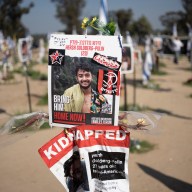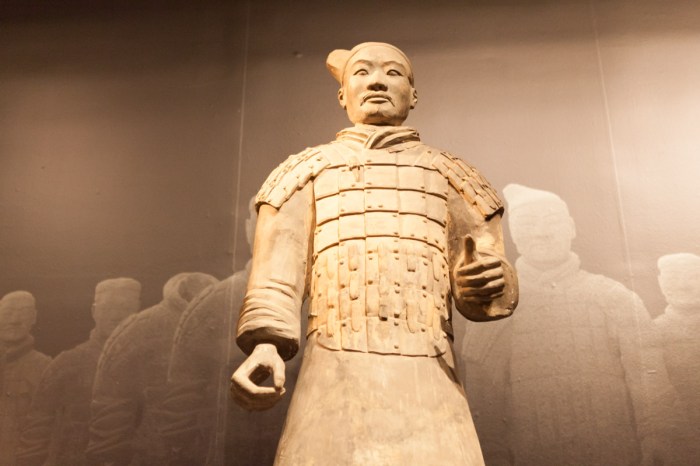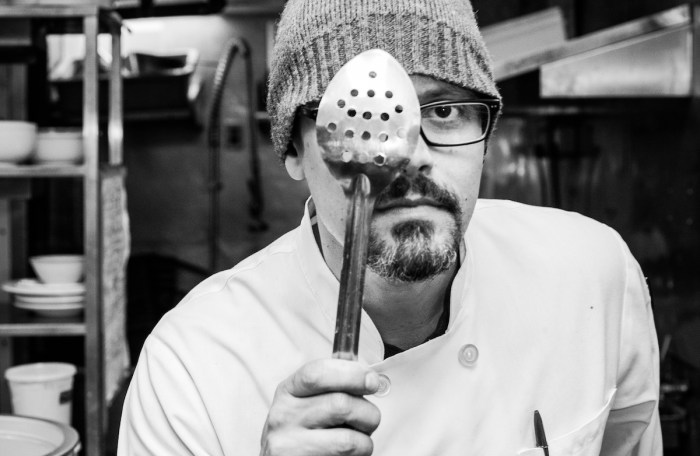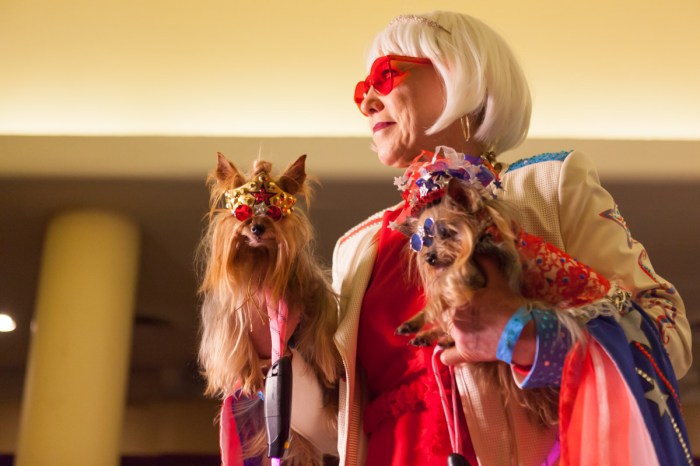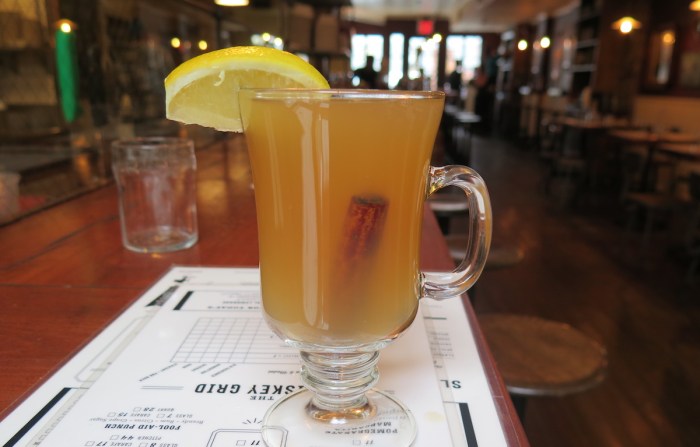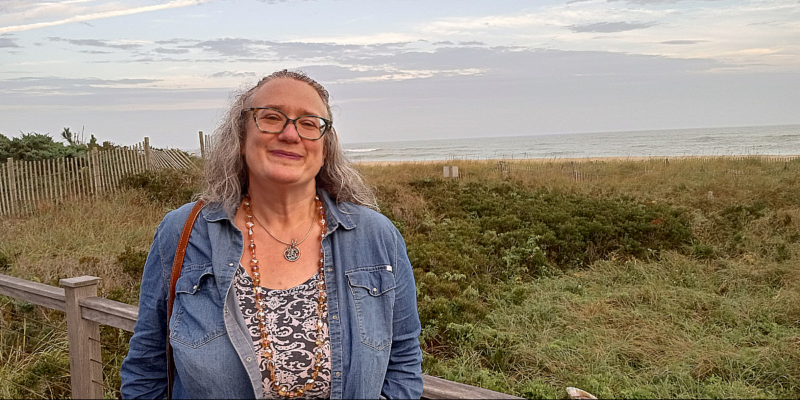“Float like a butterfly, sting like a bee” is how boxing icon Muhammad Ali described his fighting style. If that sounds more poetic than you’d think of boxing or the famed heavyweight champion’s technique, prepare to see them in a new way at the New-York Historical Society’s latest exhibit. “Muhammad Ali, LeRoy Neiman and the Art of Boxing” collects the little-known watercolors, sketches and paintings of Neiman, a New York-based artist who befriended Ali in 1962, when he was just Cassius Clay and still two years from winning his first heavyweight title. RELATED: NYC gets a sci-fi film festival just as humanity seems more on the verge than ever Neiman went to a match at St. Nicholas Arena on the Upper West Side, recalls curator Lily Wong, “and in the dressing room before the fight, he just started sketching Clay — and Clay looks over and is like, ‘What are you doing over there? I can do that, gimme that thing!’ Grabs the sketchbook and adds his own little drawing to the corner.” That page — which marked the beginning of their friendship — and other Ali pictures Neiman drew over the years, often sitting ringside with a sketchbook and anything else at hand are part of the exhibit: Works on display were created on a ticket from the Clay-Liston fight, a program, judge’s scorecards. “They add a little bit of extra in-the-moment feeling,” says Wong. “These vivid colors really capture the moment and the energy of the fight that you don’t necessarily get in other mediums.” Just as unlikely as the idea of watercolors depicting a violent sport is Ali himself: an athlete who wanted nothing less than to be the best sitting out his prime years because he refused to fight in Vietnam. In the second half of the exhibit, “I Am King of the World,” 45 intimate photographs by Madison Square Garden’s longtime in-house photographer, George Kalinsky, show Ali in action and at rest at the height of his career. RELATED:Art After Trump is for everyone who feels hopeless after the election But there are also photos of Ali outside the ring, where his stand against the Vietnam War after joining the Nation of Islam in 1964 led to having his championship title being stripped and his license to fight suspended for three-and-a-half years, at the age of 25, in March 1967. In portraits he stands alongside Malcolm X, and Elijah Muhammad, who gave Clay the name Muhammad Ali. Back in the Neiman gallery, there is even a watercolor of Ali praying sometime in the ’80s or ’90s. Until his death earlier this year, Ali battled Parkinson’s disease, which was likely related to the violence of the sport he loved. “His faith was also very important to him,” explains Wong. “A lot of people who write about him or knew him later in life say he took solace in his religion, so it’s an important thing to remember that with a figure that’s so famed, that there is this life after retirement that can be meaningful personally and to the public.” Muhammad Ali
Through March 26, 2017
New-York Historical Society, 170 Central Park West
$20, nyhistory.org









